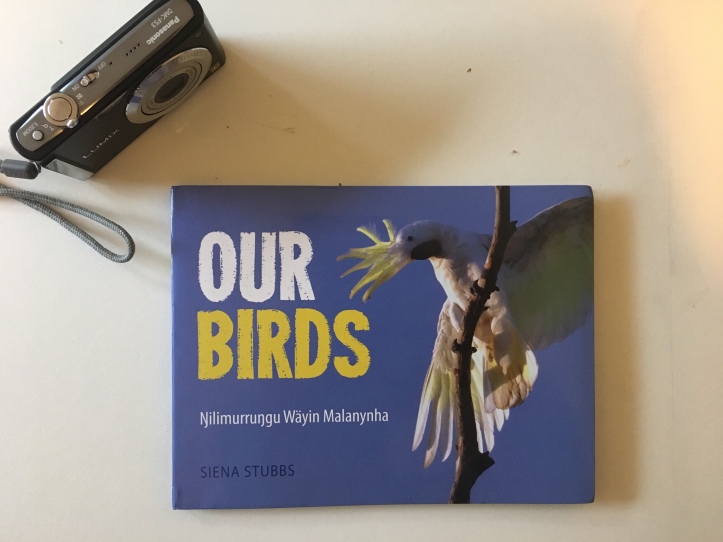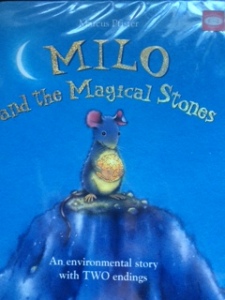“Taking pictures is savoring life intensely, every hundredth of a second.”
― Marc Riboud

Siena Stubbs was given a camera three years ago, and now at the age of 15, she has been able to publish some of her favourite photos of birds that live in Arnhem land.
Each photo is accompanied by information about the bird in words by Siena. These words tell us some simple facts about the bird and how she took the photo – which make this book so enjoyable for children to read.
Readers will also learn why she has chosen this bird to be in the book and where she often sees that bird.
Not only are we learning about the birds of Arnhem Land, we are also learning about the land, the sea and the sounds each bird makes.
Buy now through fishpond: Our Birds: Nilimurrungu Wayin Malanynha
Our birds allows the reader to learn the language of the Yolnu people and understand how each bird was given its name.
We loved looking at the different types of photographs taken at different times of the day and in different locations. And every child that read this book was intrigued by the Indigenous language names for each bird.
This book is a great book to read but it is also a great book to use as a springboard for other activities.
What can you do with this book?
Geography
- Look at the map of Australia and learn where Arnhem land is. Discover what life is like up there for children.
Culture
- Explore the different moiety groups, language groups and cultures in Indigenous Australia.
Science
- Learn more about some of the birds in this book.
- Which birds only live in Arnhem land? Which ones travel to other countries or places in Australia?
Visual Arts
- Look at the different ways the photographs of the birds have been taken. Critique the different techniques and then explore your own photography skills on some local birds.
Literacy
- Explore the way the information has been written in this book. It is written in first person. How does this make the reader feel? Could you write this information from a third person perspective? Could you research and find more information to make this a different type of non-fiction book?


